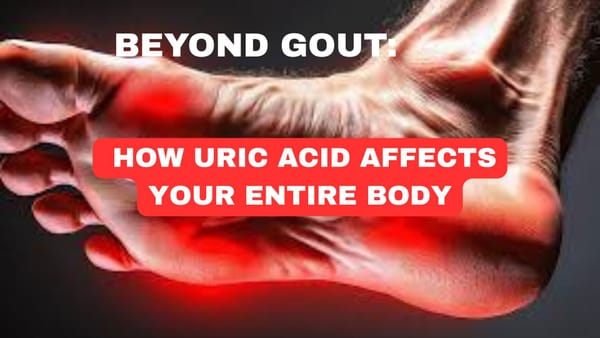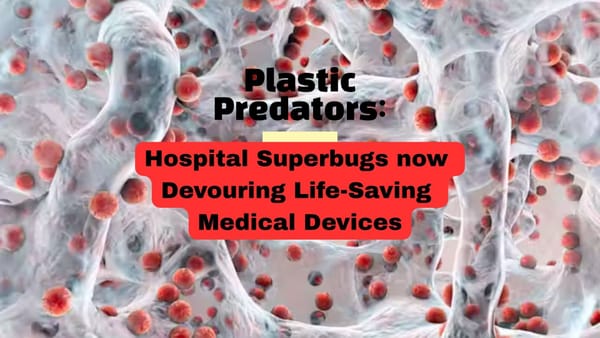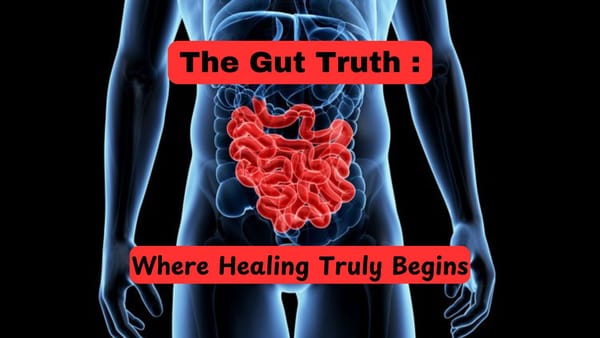5 Snacks That Cut Off Cancer's Blood Supply While Burning Fat - Insights from Dr. William Li
These foods contain bioactive compounds that act as natural angiogenesis inhibitors, essentially starving potential cancer cells while they're still microscopic and manageable.
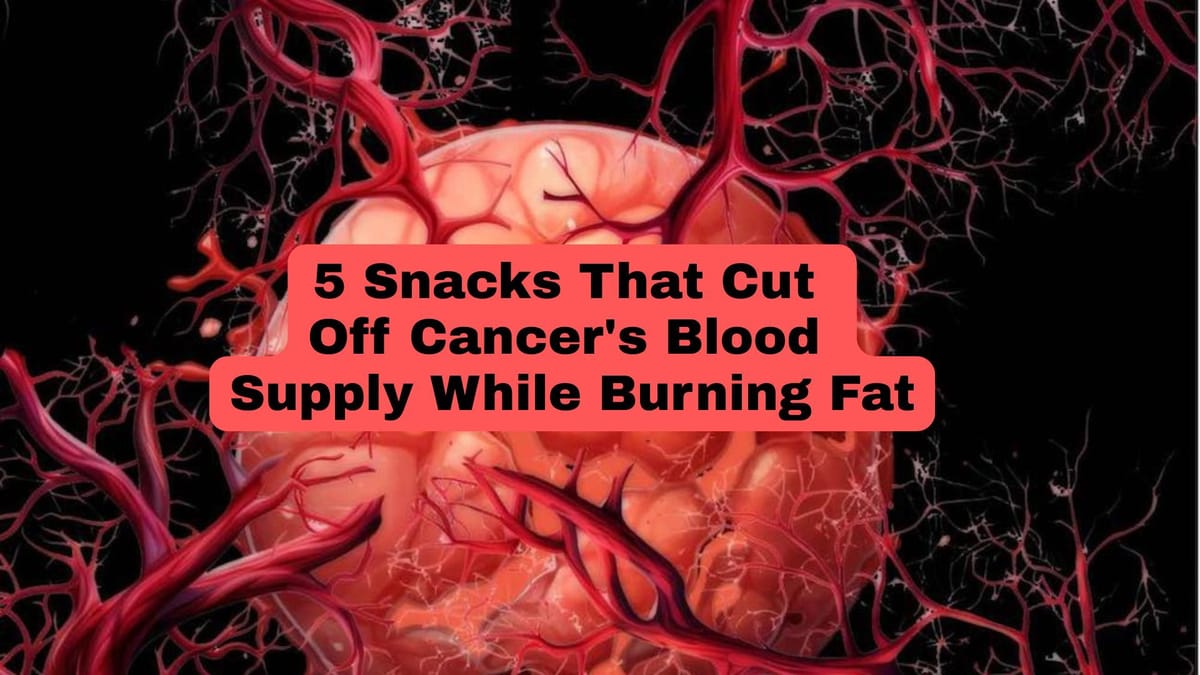
The Power of Food as Medicine: Your Plate, Your Defence System
What if I told you that the next time you reach for a snack, you could be simultaneously starving cancer cells and torching fat? It sounds too good to be true, but according to world-renowned physician and researcher Dr. William Li, it's not just possible, it's scientifically proven.
Dr. Li, a Harvard-trained medical doctor and president of the Angiogenesis Foundation, has spent decades revolutionising how we understand the relationship between food and disease. His groundbreaking research on angiogenesis - the process by which our bodies form new blood vessels - has revealed something extraordinary: certain foods can cut off the blood supply that feeds cancer cells while boosting our metabolism.
Today, we unveil the five powerful high-protein snacks that fight cancer and burn fat, all backed by Dr. Li’s groundbreaking research.
The Science Behind Food as Medicine
Understanding Angiogenesis: Your Body's Built-In Defence
Angiogenesis is the development of new blood vessels in your body - a normal, healthy function that helps wounds heal and supports organ function. However, cancer cells hijack this process, tricking your body into feeding them the blood supply they need to grow and spread.
Here's where it gets exciting: Dr. Li's research has identified foods that can prevent this hijacking. These foods contain bioactive compounds that act as natural angiogenesis inhibitors, essentially starving potential cancer cells while they're still microscopic and manageable.
The High-Protein Advantage
High-protein snacks aren't just great for building muscle - they're metabolic powerhouses. Protein requires more energy to digest than carbohydrates or fats, a phenomenon called the thermic effect of food. This means you're burning calories just by eating protein-rich foods. Additionally, protein keeps you fuller longer, preventing those energy crashes that lead to poor food choices.
While combining high-protein content with cancer-fighting bioactives, you create a nutritional symphony that supports your body's natural defence systems and metabolism.
The Cancer-Fighting Snack Powerhouses
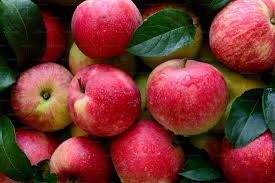
Snack #1: Apples - Your Crunchy Cancer-Fighting Companion
"An apple a day keeps the doctor away" isn't just folklore; it's biochemistry in action. Apples are nutritional powerhouses packed with compounds that would make any pharmaceutical company jealous.
- The Apple Arsenal
The magic lies in three key compounds: chlorogenic acid, ursolic acid (concentrated in the peel), and procyanidins. These aren't just fancy names, they're your body's allies in the fight against disease.
Chlorogenic acid acts as a metabolic booster, helping your body burn fat more efficiently while providing potent antioxidant protection. Ursolic acid, found primarily in apple peels, has been shown to activate brown fat - the good fat that burns calories even while you're resting. Procyanidins support cardiovascular health and provide additional anti-cancer benefits.
- Cancer Protection That's Delicious
Studies have shown that regular apple consumption is associated with a reduction in colorectal cancer risk. The fibre in apples also feeds your beneficial gut bacteria, creating a hostile environment for harmful microorganisms while supporting your immune system.
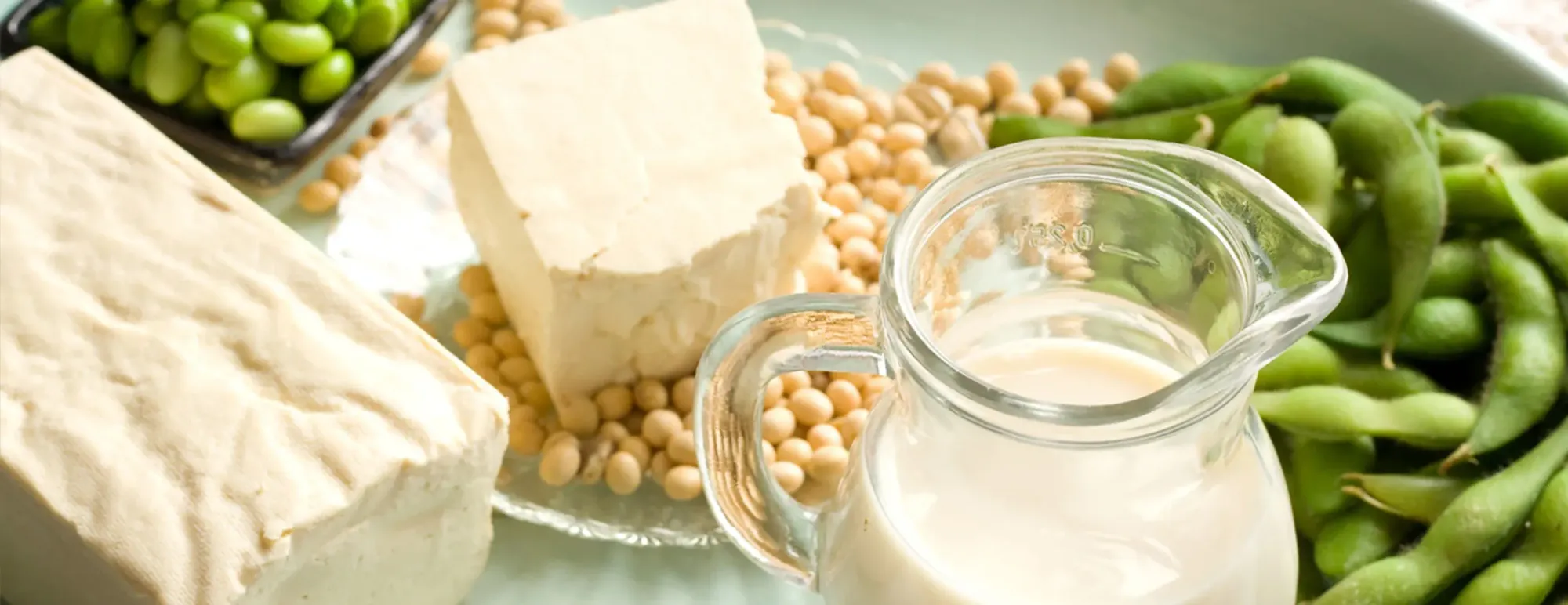
Snack #2: Soy - The Misunderstood Superfood
Let's address the elephant in the room: soy has gotten a bad rap due to misunderstood science and cultural biases. Dr. Li's research, along with decades of population studies, tells a very different story.
- Myth-Busting the Soy Controversy
The confusion stems from early studies on isolated soy compounds given in massive doses to laboratory animals. Real-world human consumption of whole soy foods tells a completely different story. Populations with high soy consumption, like many Asian countries, have significantly lower rates of prostate and breast cancers compared to Western populations.
- The Soy Science
Soy contains isoflavones, particularly genistein, which act as natural selective estrogen receptor modulators. This means they can help balance hormones rather than disrupt them. Genistein also inhibits angiogenesis, making it harder for cancer cells to establish the blood supply they need to grow.
From a metabolism standpoint, soy provides complete protein with all essential amino acids, making it an excellent choice for maintaining muscle mass and supporting fat burning.
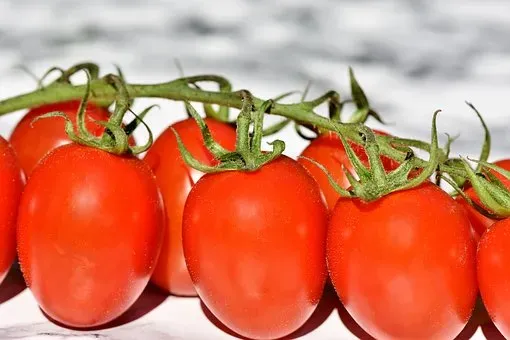
Snack #3: Tomatoes - The Lycopene-Rich Protector
Here's a fun fact that might surprise you: tomatoes are fruits, not vegetables! This distinction matters because it highlights their natural sweetness and the unique way their nutrients are structured.
- The Lycopene Advantage
Lycopene is the superstar compound that gives tomatoes their vibrant red colour, but its benefits go far beyond aesthetics. This powerful carotenoid provides potent DNA protection and anti-inflammatory effects. Studies have shown that people with higher lycopene levels have significantly lower risks of several types of cancer, including prostate, lung, and stomach cancers.
- Sun Protection from the Inside Out
Here's something that may blow your mind: Lycopene acts as an internal sunscreen. Regular tomato consumption has been shown to increase your skin's natural protection against UV damage. It's like getting a subtle tan from the inside, except instead of damaging your skin, you're protecting it.
- Maximising the Benefits
Cooking increases lycopene absorption, especially when combined with healthy fats like olive oil. This is why Mediterranean cuisines, rich in tomato-based dishes prepared with olive oil, are associated with such impressive health outcomes.

Snack #4: Green Tea - The Ancient Fat-Burning Elixir
Green tea has been revered for centuries in Asian cultures, and modern science is finally catching up to ancient wisdom. This isn't just about caffeine, it's about a unique family of compounds called catechins.
- The EGCG Effect
Epigallocatechin gallate (EGCG) is the most potent catechin in green tea, and it's a triple threat: it reduces inflammation, inhibits cancer cell growth, and boosts metabolism. EGCG helps your immune system "snipe" microscopic cancers before they can establish themselves.
- Cutting Off the Supply Lines
Remember angiogenesis? Green tea is one of nature's most potent inhibitors of angiogenesis. Regular consumption can help prevent the formation of new blood vessels that feed tumours, essentially starving potential cancers at their source.
- Beyond Cancer: The Metabolic Boost
Green tea catechins work synergistically with caffeine to increase fat oxidation -your body's ability to use fat as fuel. This effect is particularly pronounced during exercise, making green tea an excellent pre-workout choice.
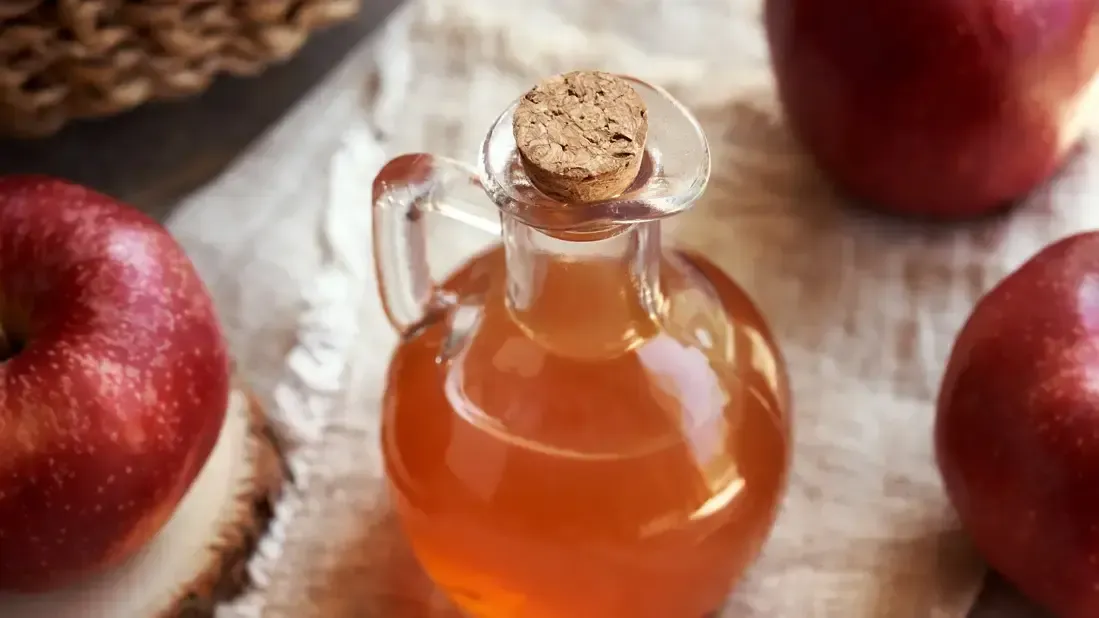
Snack #5: Apple Cider Vinegar - The Metabolic Game Changer
Apple cider vinegar (ACV) might seem like an odd choice for a snack list, but when incorporated thoughtfully into your routine, it becomes a powerful metabolic tool.
- The Acetic Acid Advantage
The key player in ACV is acetic acid, which has been shown to prevent fat cell growth, improve insulin sensitivity, and help regulate blood sugar levels. A landmark study from Aichi, Japan, found that participants who consumed apple cider vinegar daily experienced significant weight loss and improved metabolic markers.
- More Than Weight Loss
ACV's benefits extend beyond the scale. Regular consumption may improve cholesterol profiles, better blood sugar control, and enhanced satiety. It's like having a metabolic reset button that you can activate daily.
Putting It All Together: Your Daily Health Revolution
Simple Swaps, Powerful Results
Instead of reaching for processed snacks, try these science-backed alternatives:
- Swap chips for apple slices with almond butter
- Replace candy with roasted edamame
- Choose cherry tomatoes over crackers for your afternoon munch
- Sip green tea instead of sugary beverages
- Use ACV-based dressings on your salads
The Consistency Factor
The beauty of Dr. Li's approach is its sustainability. These aren't extreme measures or temporary fixes - they're delicious, accessible foods that can become part of your daily routine. The key is consistency, not perfection.
Expert Insights and Important Considerations
Dr. Li emphasises that food is medicine, but it is not a replacement for medical care. These snacks are powerful tools for prevention and support, but anyone dealing with cancer or serious health conditions should work closely with their healthcare team.
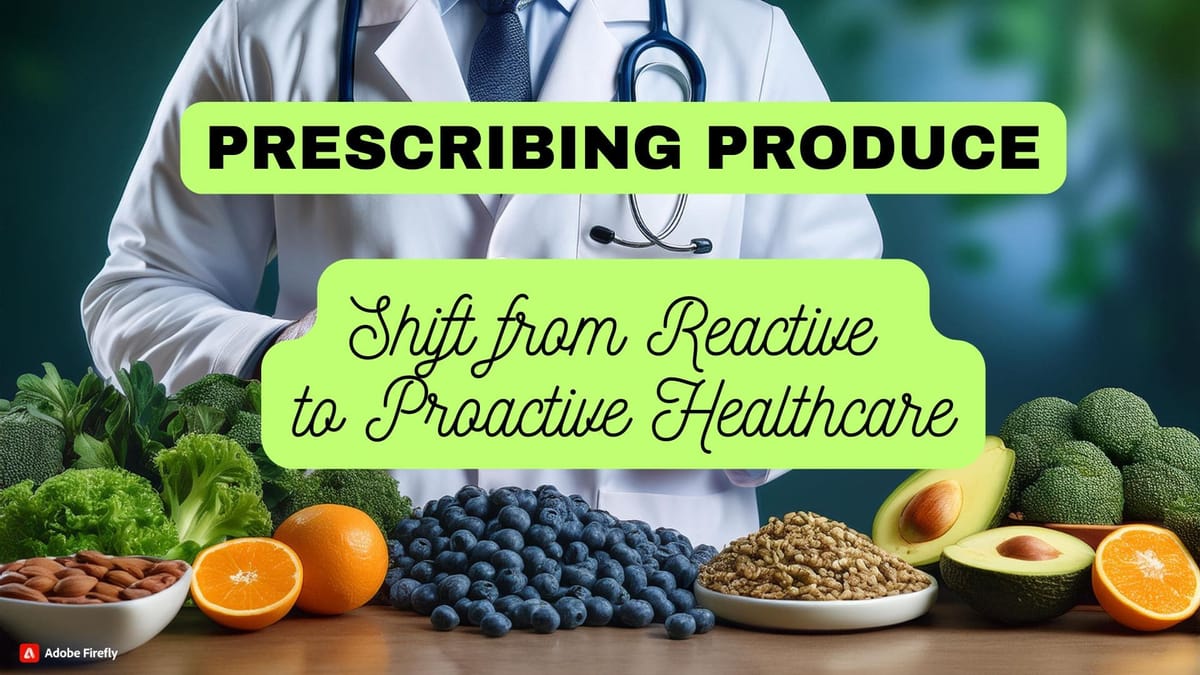
Common questions addressed:
- "How much is too much?" Variety and moderation are key. Rotate these snacks rather than focusing obsessively on one.
- "Can I eat these if I have cancer?" Generally speaking, yes, but consult your oncologist, especially if you're undergoing treatment.
- "When will I see results?" Some benefits (like improved satiety) happen immediately, while others (like cancer protection) are long-term investments in your health.
Your Health, Your Plate: The Path Forward
Dr. Li's research reminds us that we're not powerless against disease. Every bite is an opportunity to support our body's natural defence systems, boost our metabolism, and invest in long-term health. The revolution starts in your kitchen, with choices that are as delicious as they are powerful.
Start small, stay consistent, and remember: the best diet is the one you can maintain for life.
Your future self will thank you for every apple eaten with the peel, every cup of green tea savoured, and every small choice made in service of your health.



